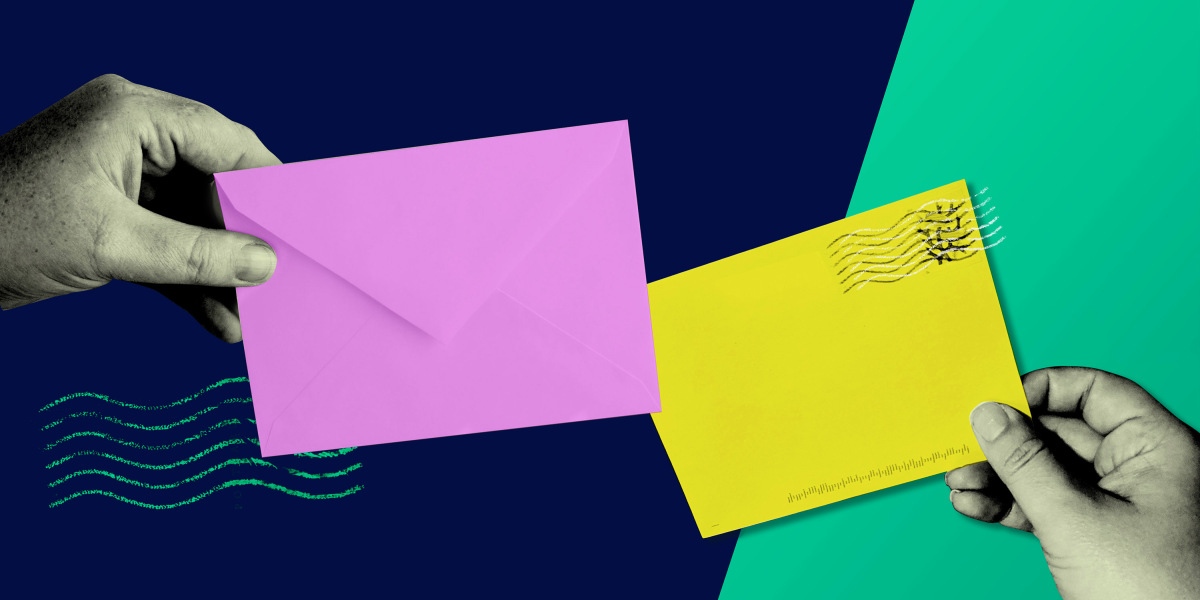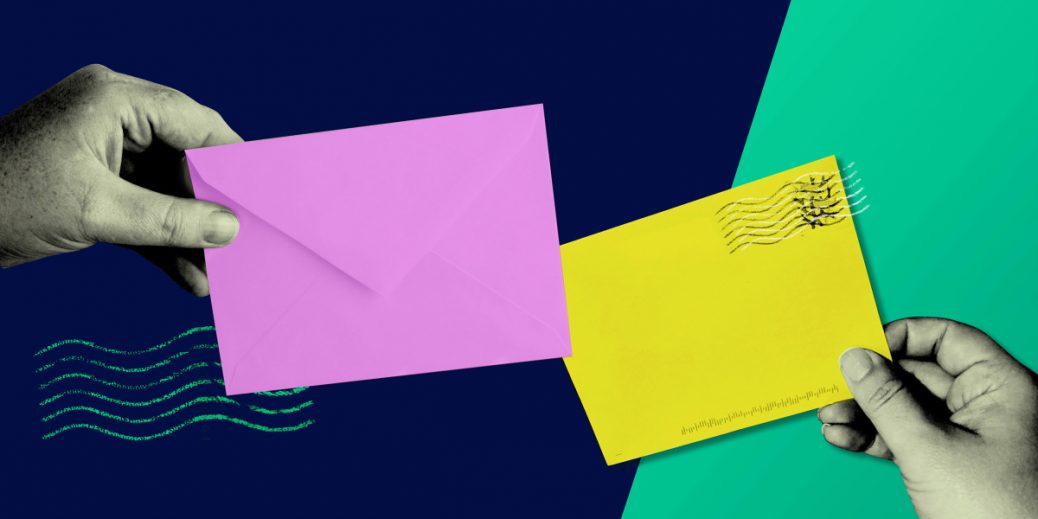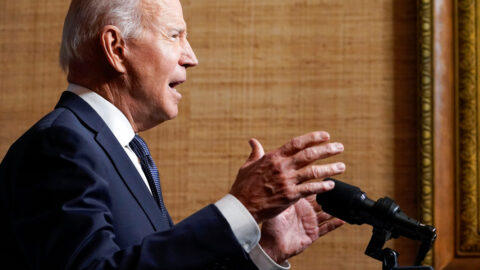
It blew up—so much so that Cochran had to create Google sheets and forms to help match up writers. And when the American Association of Retired Persons ran a feature on pandemic pen pal programs in its magazine, she had “a deluge.” She says she has already matched hundreds of people. As we talk, she gasps while she’s scrolling through sheets: “Lord, a lot of people still need to be matched up!”
Of course, there’s nothing new about writing letters. But a combination of social distancing measures and a volatile political year has made the traditional act of putting pen to paper suddenly more attractive than just shooting an email or an emoji-filled text. Beyond Instagram-fueled social projects for people in quarantine, letter writing has become a form of retro-political activism to help get out the vote.
“It’s a thoughtful and generous act”
The isolation we all felt during lockdown has been a central theme for many of the letter-writing projects that sprang up in recent months. For example, Dear Loneliness was brainstormed over Zoom by three students as an interactive art project in which people write letters about their experiences with isolation and upload pictures of them to the site to create a constantly evolving, public-sourced gallery.
Since June, Dear Loneliness has collected about 35,000 letters. “We’ve been really surprised by the similarities between some of them,” Sarah Lao, one of the student cofounders, says. “We’ve read through quite a few letters about Zoom, suffocating family dinners, the role of sound and music, birthdays and anniversaries, and racially charged encounters. When we look at everyone’s nationalities, it becomes clear that we’re all more similar in how we experience loneliness than we might expect.”
While Instagram was home to many mail art accounts pre-pandemic, interest in writing letters—and documenting them online—has grown. In a report published in April about the impact of covid-19 on the US Postal Service, 17% of people reported sending more letters and postcards than usual. More than half of respondents agreed that sending letters gave them a unique connection with the recipient.
“It’s a thoughtful and generous act,” says avid letter writer Caroline Weaver. “You have no control over how long a letter takes to get to someone. You’re putting your faith in the universe to get this beautiful piece of communication out where it’s going.”
Write, stamp, vote
But letter writing is about more than just nostalgia, connection, or whimsy. Weaver—the owner of CW Pencil Enterprise, a pencil shop in New York, and a lifelong lover of stationery—has always been a letter writer. She says she generally sends about 40 letters a month, and she documents mail art frequently on her and her store’s Instagram. But recently, she’s been sending 100 letters a week as a form of activism—to members of Congress about Breonna Taylor’s murder, to family members to urge them to vote, and more. She’s even created a Google doc of addresses to make it easy for people to send letters to politicians.
Letters have an advantage over clicking automated forms online, she says. “They [congressional staff] can’t ignore it,” she says. “They can ignore an email, but they have to open and read and log a letter.”







Recent Comments